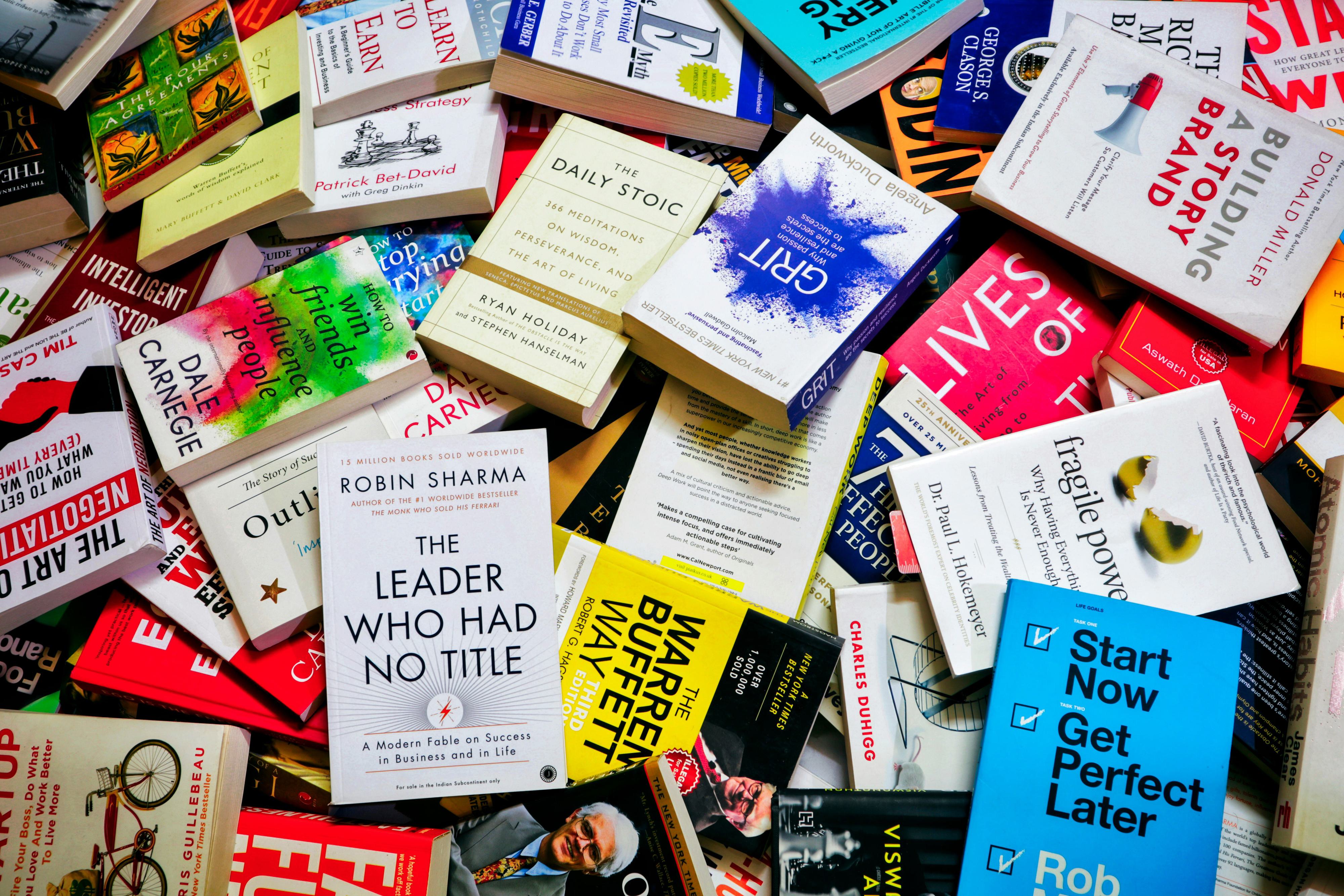Transform Your Memoir into a Self-Help Book That Inspires and Sells

Both the memoir and self-help genres draw on personal experiences to teach lessons, but memoir emphasizes the story while self-help emphasizes the lesson. Memoir is used to inspire readers and perhaps help them out of a difficult time, while self-help is an expansive genre combining professional advice and personal vignettes to teach self-development, productivity, career planning, wellness, and anything in between. However, in all self-help books, the author explicitly tells the reader what they can take away from the author’s lessons and personal experiences in a certain area.
Why Self-Help Often Sells Better Than Memoir
While memoirs can be deeply moving and insightful, their appeal may be more niche because they focus on individual experiences and reflections. In contrast, self-help books are designed to address broad and relatable issues and provide practical solutions for personal success, making them marketable to a wider audience. Authors who are contemplating writing a memoir or who have already written one might want to consider angling their content to fit in the self-help genre to appeal to more readers and produce more book sales.
How Can I Turn My Memoir into Self-Help?
Self-help is solution-oriented, combining professional advice and examples from the author’s personal experience to deliver actionable guidance and exercises in service of the reader’s growth. The following factors help boost the success of a self-help book:
Credibility: Self-help authors have professional experience in the area they are writing about. They are often thought leaders with trusted credibility established through careers in their area and a strong platform and audience following.
Problem-solving: Since self-help books are reader-focused, you should identify targeted and timely pain points then offer actionable solutions to help the reader implement the advice in their life.
Structured content: Self-help books present context, pain points, and solutions in a systemized and engaging way; ideally, the book is a quick read designed to be devoured by a busy person. While a memoir often focuses on a chronological telling of your life story, self-help books are structured to present a problem to the reader and lead them through each specific step of the solution.
Real-life examples: Mixing case studies and personal examples makes the lessons more concrete and relatable. Readers can clearly see how the solutions work in real-life contexts. While your story is meaningful and many readers will want to hear it, it’s important to remember that any personal stories you include should have a clear tie to the book’s main message and pain points.
Action items: Including calls-to-action in a self-help book emphasizes the focus on the reader as the author encourages them to implement the lessons in their own life. This can take many forms, but may include reflection questions, tips and tricks, journaling prompts, or workbook activities.
For more information on writing for the self-help genre, check out our Learning Center article: “How to Write a Self-Help Book: Dos and Don’ts.”
